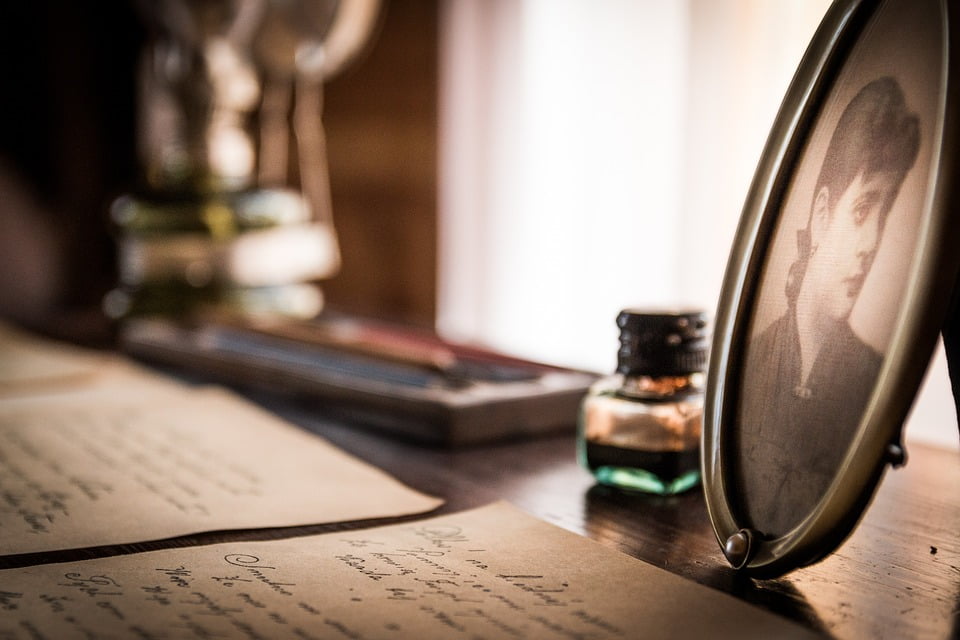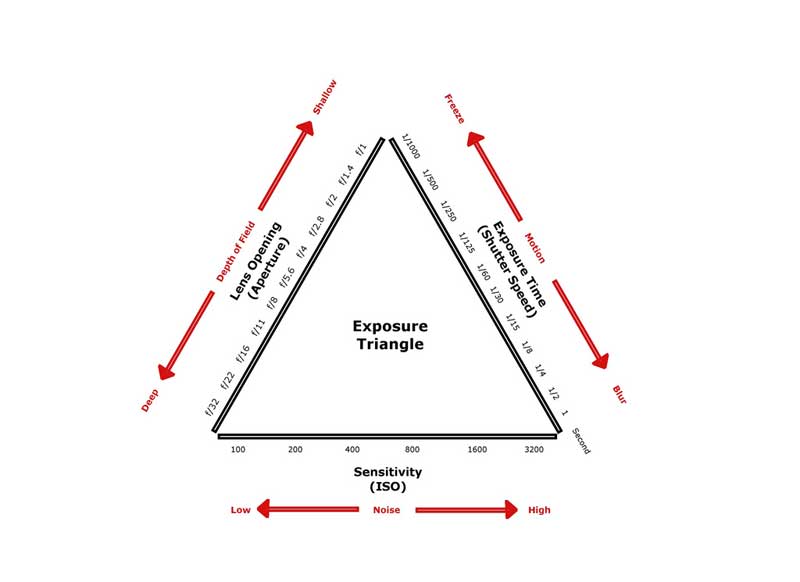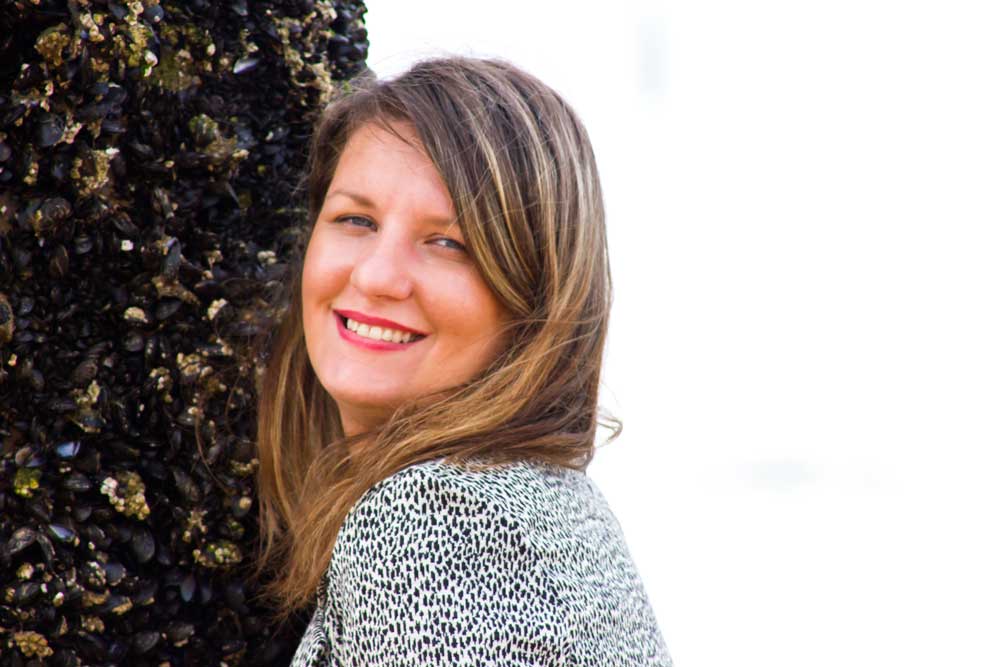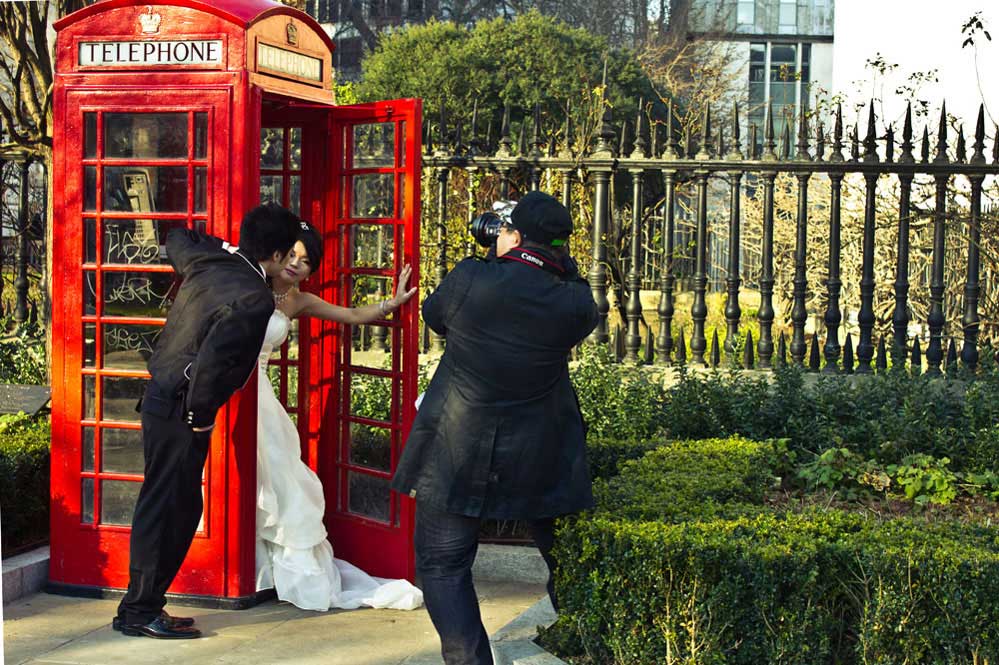Why it is so important to know: how to create an atmosphere for portraits? A portrait has a special meaning for the person who orders it. The portrait is meant to bring out or illustrate the unique characteristics of a single person, a family group, a team, or even a beloved pet, for the sake of memory or just to create a beautiful reminder of the face of a well-loved identity. So the definition of the word Portrait is that it is a photographic study, usually of the head and shoulders only, or from the waist upwards.
In learning how to create an atmosphere for portraits, these topics will be covered:
1. Technical considerations, such as image, focus, depth of field, lighting, and exposure.
2. Composition, which includes placement of the subject in the frame, the use of space, camera positioning, use of “verticals” and “The Rule of Thirds.”
3. How to capture detail in a photograph.
4. Framing the Image.
5. Photography in the Studio or the Natural Environment.
Creating an atmosphere for portraits is a complex art, but it can be broken down into specific techniques. The atmosphere itself is a difficult quality to pin down. For instance, what is the atmosphere? The atmosphere is defined as a quality that elicits an emotional response. This emotional response makes an image memorable and makes the image one that the viewer will want to look at time and time again. The atmosphere can render a photograph as beautiful, disturbing, or as any quality on the emotional spectrum that the photographer wishes to call forth.

It takes practice to develop the skill of creating an atmosphere in portraits. Techniques such as choosing an image, lighting, and exposure are the first things to consider. Once the subject for the portrait has been chosen, lighting the image to create atmosphere can be achieved by backlighting, for a portrait that is taken in a studio, or by the use of portable flash units in a larger space or outdoors at night. Another rule of thumb for lighting is that small lights create large shadows and larger or more diffuse light sources create softer shadows which can be more flattering for photographs of the face. The angle that the light is coming from changes many of the final effects in a photograph. Most experienced photographers say that lighting a subject from a three-quarter angle, placed in front of the subject, is the best way to capture the features and expression of the face. The study of lighting in photography, whether it is used to create atmosphere or otherwise, is a lifelong study. Some other tricks that photographers use to create an atmosphere in a portrait are reflectors to fill shadowed areas, diffusers that make a soft glowing effect, and “flags” or black cards that deepen the light in shadowed areas.

The composition is an important portrait photography technique, that helps to create atmosphere. A classic portrait is best taken standing fairly close to the subject. This will help to create a strong focus on the face and force other distracting visual material out of the frame. The Rule of Thirds divides the frame of the photograph into vertical thirds. Even though close-ups create a more focussed image, it is better to leave some space around the head and shoulders of the portrait’s subject, especially forward space, or space that is in front of the subject. This forward space casts the subject in a visual perspective that suggests that he/she has an inner self, while empty space behind the subject can create a frightening or uncomfortable feeling. Interesting visual effects can also be created by tilting the camera. Tilted lines are more flowing and they give a more natural impression than very straight up and down lines. Remember that in trying to create an atmosphere, straight lines will give a formal, stilted effect, which is the very opposite of what a portrait aims to create. The aim of portrait photography is to create a natural and life-like study.
Detail can be very telling in portraiture. After all, a picture is worth a thousand words and each detail of the human face that is captured in a portrait counts towards the creation of a more “descriptive” photograph. The detail is not about accuracy, it is about conveying more about the subject so that even if detail may seem opposite to the atmosphere if it is handled carefully, it contributes to the atmosphere. The quirk of a smile, the arch of an eyebrow, patches of wrinkles, and an expressive glint in the eye – these fine details can make a portrait even more personal and intimate. Sharp lenses are the best tool that a photographer can use to capture detail well. I do prefer to use lenses in the range between 85mm to 130mm with a wide aperture. Macro lens can be also used, I personally own Canon 100mm f2.8 USM and really happy with the results.

Framing is another portrait photography technique that can add atmosphere to an image. In portraiture, framing is not the physical frame, but the objects, which may encircle or outline the portrait. Doorways and window frames can create excellent natural frames for a portrait. If the portrait is taken in the studio, the photographer may have created a background scene that frames the image and contributes to the atmosphere of the portrait. The important point about framing a portrait is to be sure that the frame contributes some extra information about the subject. For instance, does the frame give some information about the subject’s profession, lifestyle, or pastime? Does it contribute to the atmosphere of the portrait by creating a feeling of curiosity in the viewer, so that they study the portrait more thoroughly? If the framing of the portrait is merely decorative, it may not contribute to an overall, coherent atmosphere.

Technology has made the creation of an atmosphere for portraits both simpler and more complex in that there are many pieces of technical equipment that photographers can add to their cameras or use in the development process. Software such as Photoshop can also teach amateur photographers how to develop their own style and photographic preferences. Techniques for creating atmosphere such as the use of smoke, lighting from eccentric angles such as underneath, cropping images, overlaying images, and many others have not been discussed here. The art of creating an atmosphere in portraits is wide-ranging, yet the most significant question to ask when making use of techniques that create atmosphere is does this technique add to the atmosphere of this portrait? Does it expand the narrative, pique the interest or produce a strong emotional response? These are the most desired results of atmospheric portraiture.